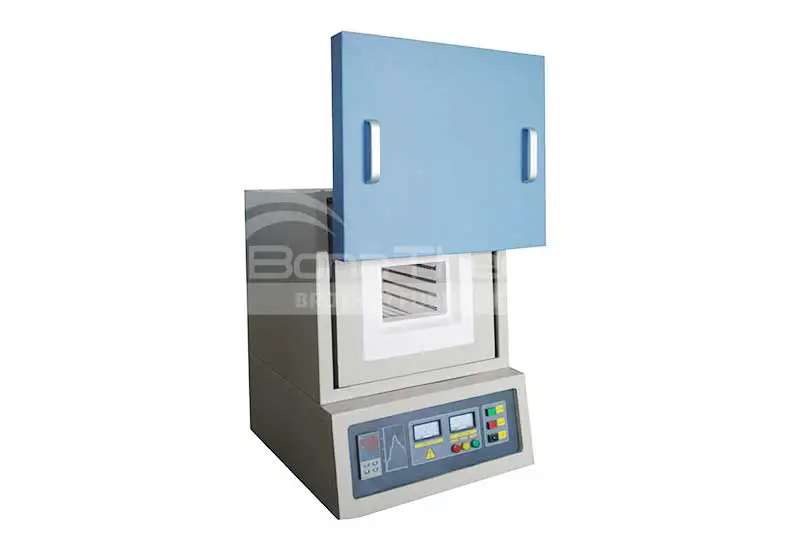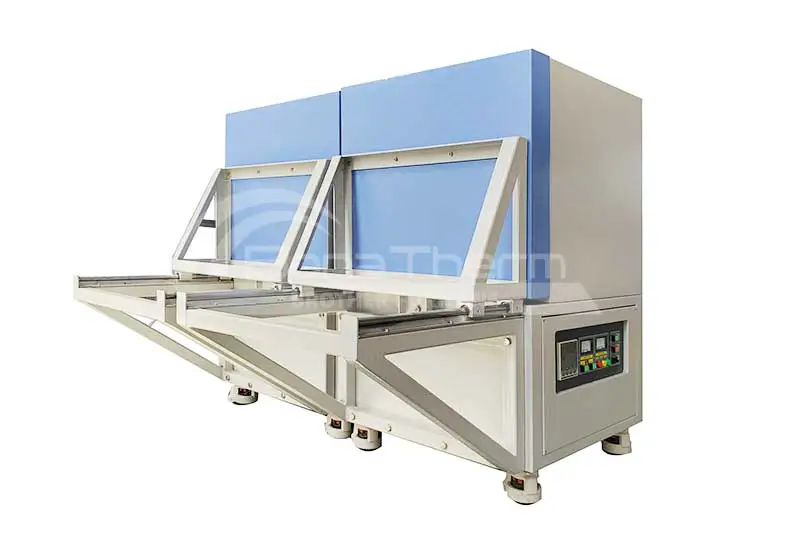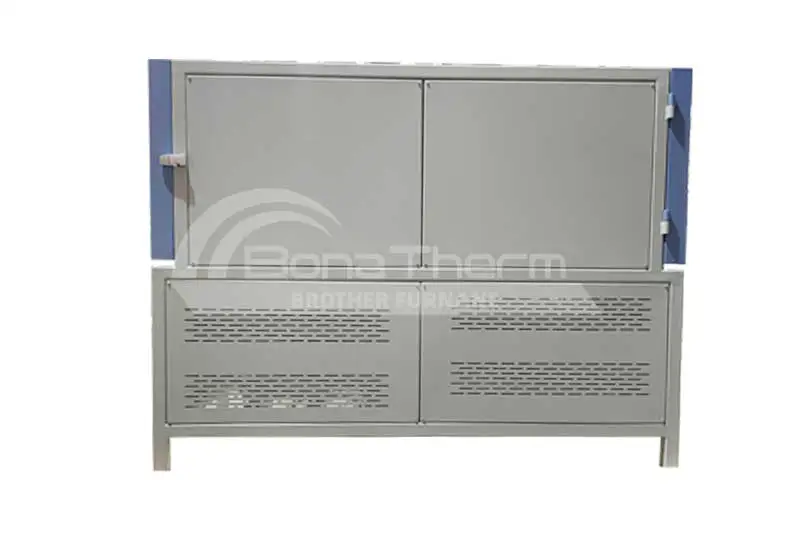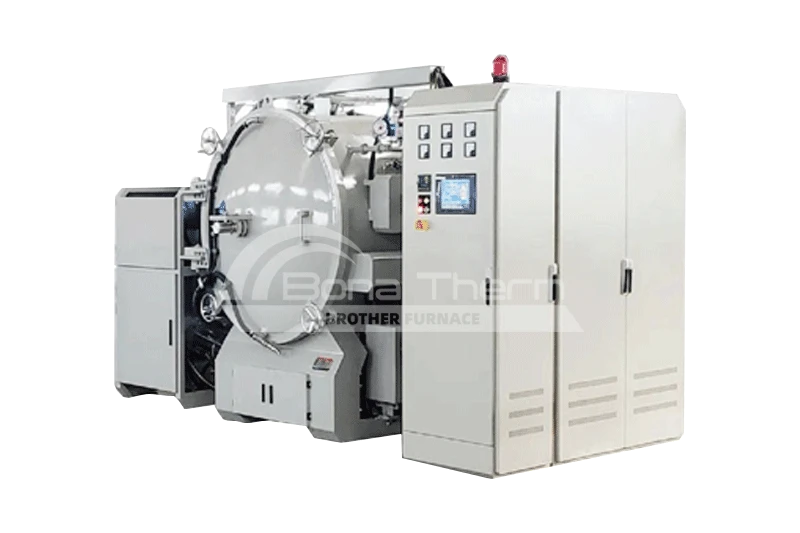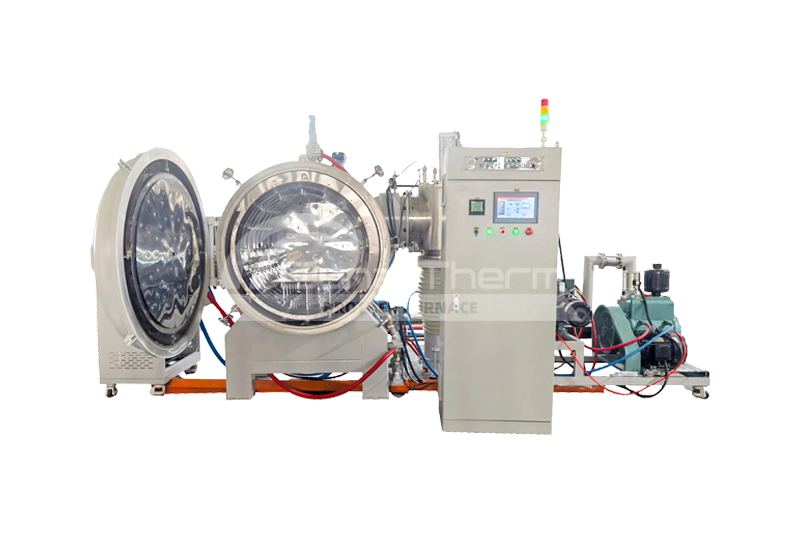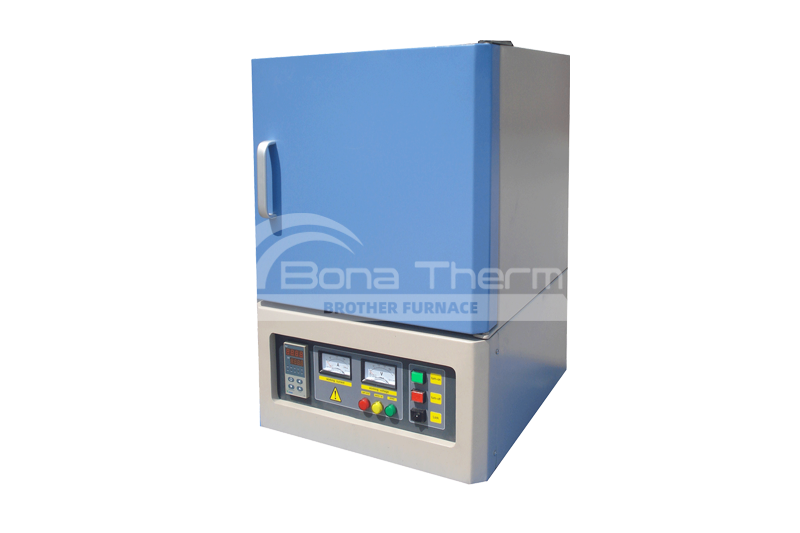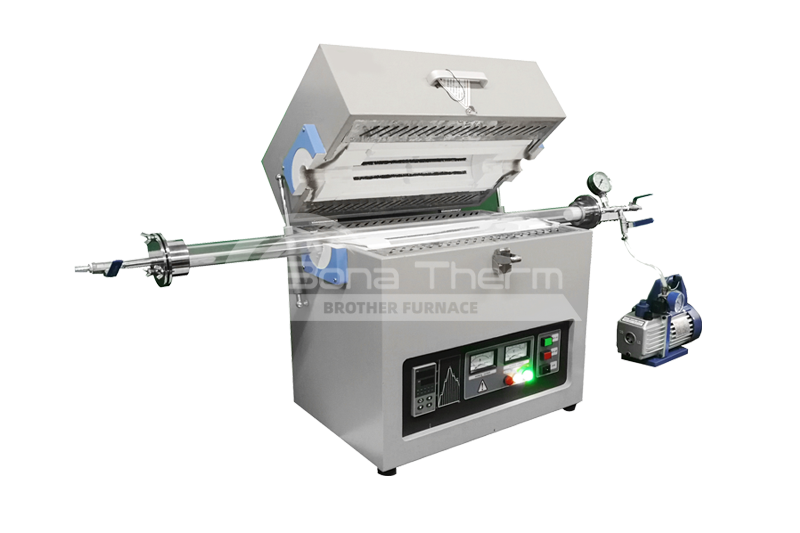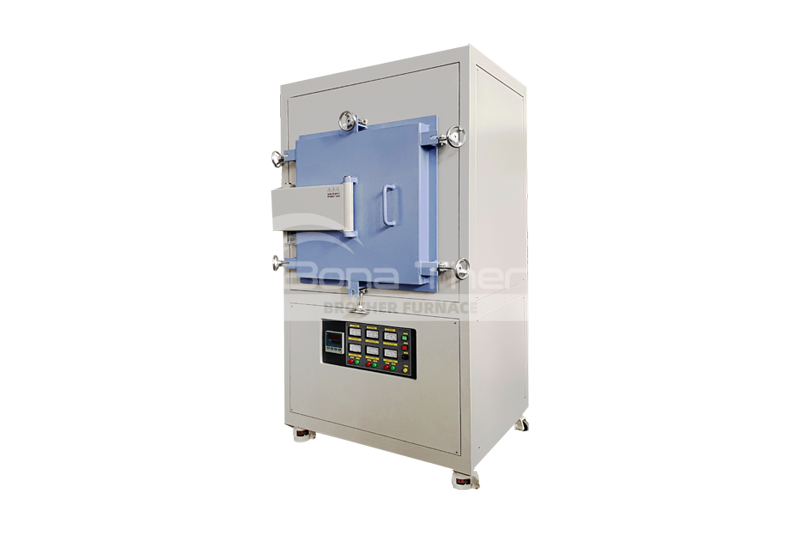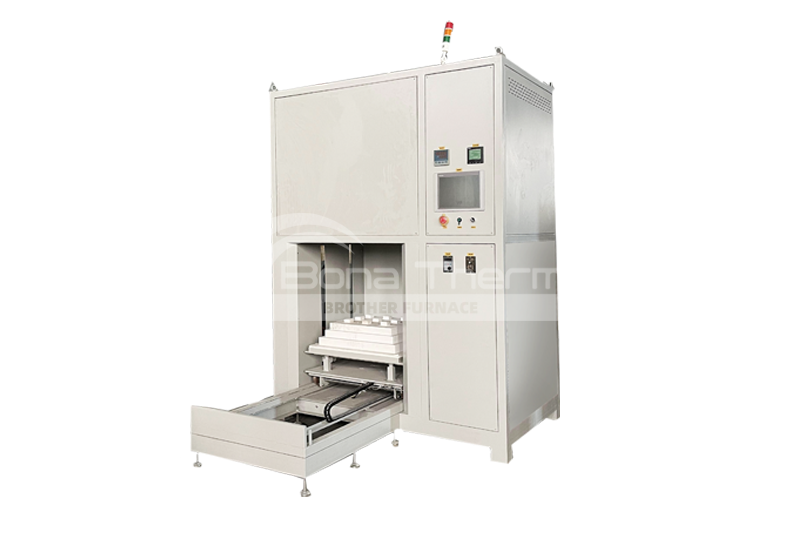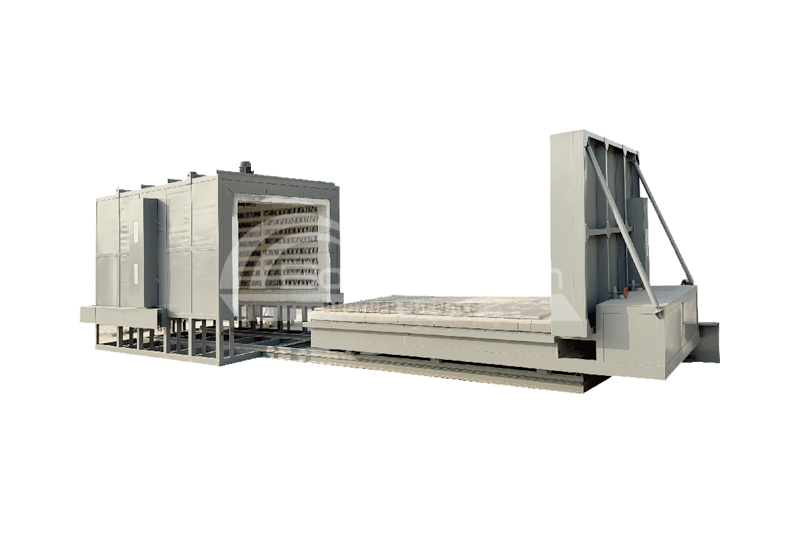High-Temperature Box Furnace
 BROTHER FURNACE
BROTHER FURNACE
 2024-10-15 01:55
2024-10-15 01:55
In laboratories and universities, high-temperature box furnaces are one of the core devices for conducting material testing and thermal analysis. They are highly favored due to their versatility and suitability for various heat treatment processes. This article introduces the role of box resistance furnaces in academic and research fields, their structural features, and common applications.
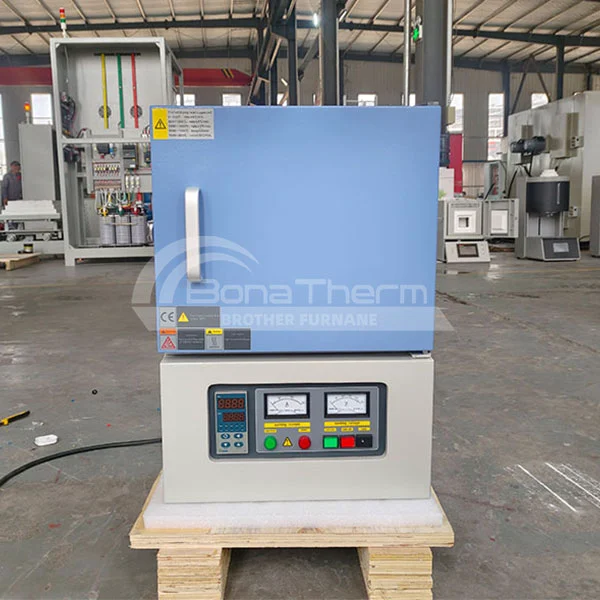
What is a Box Furnace?
A box furnace is a small high-temperature furnace designed for general heat treatment, resembling a sealed box. Due to its simple operation, efficient heat management, and ability to maintain a stable temperature environment, box furnaces are widely used in laboratories and academic institutions. The maximum temperature of a box furnace can typically reach around 1800°C, making it ideal for precise heat treatment experiments.
Structure and Design of Box Furnace
The structure of a box furnace is simple yet effective, making it suitable for laboratory environments. It typically includes an insulated chamber, heating elements distributed around the furnace, and a door for easy sample loading and unloading. Modern box furnaces are equipped with digital temperature control systems and safety features to ensure safe operation in academic settings. Additionally, the compact size of box furnaces makes them ideal for placement in limited laboratory spaces.
Common Applications in Laboratories and Universities
Box furnaces are widely used for the following heat treatment experiments:
Annealing
Used to eliminate internal stress in materials and improve their workability.
Sintering
A process in which materials form solids through heating without melting, commonly used in ceramics and metallurgical research.
Oxidation and Reduction Experiments
Box furnaces can be used for oxidation and reduction of chemical reactions under controlled atmospheres.
Thermal Analysis
Researchers use box furnaces to analyze the physical or chemical changes of materials under high temperatures.
Metal Heat Treatment
In university experiments, box furnaces are often used for quenching and tempering to help students learn about the principles of metal heat treatment.
Advantages of Box Furnaces
Easy Operation
Modern box furnaces come with digital controls and preset programs, making them easy to operate, even for students under instructor supervision.
High Precision
Maintaining accurate and stable temperatures is key to ensuring reliable experimental results, especially in advanced research.
Energy Efficiency
Modern designs utilize energy-efficient insulation materials and fast heating elements to reduce energy consumption effectively.
Versatility
Whether in materials science, chemistry, or physics, box furnaces can handle a wide variety of experiments, making them highly adaptable.
Conclusion
Box furnaces have become essential equipment in laboratories and universities due to their high precision, versatility, and application in critical heat treatment experiments. From metallurgy to ceramics research, box furnaces provide strong support for cutting-edge academic research.Brother Furnace is a professional manufacturer of box furnaces. Feel free to contact us for more information!

